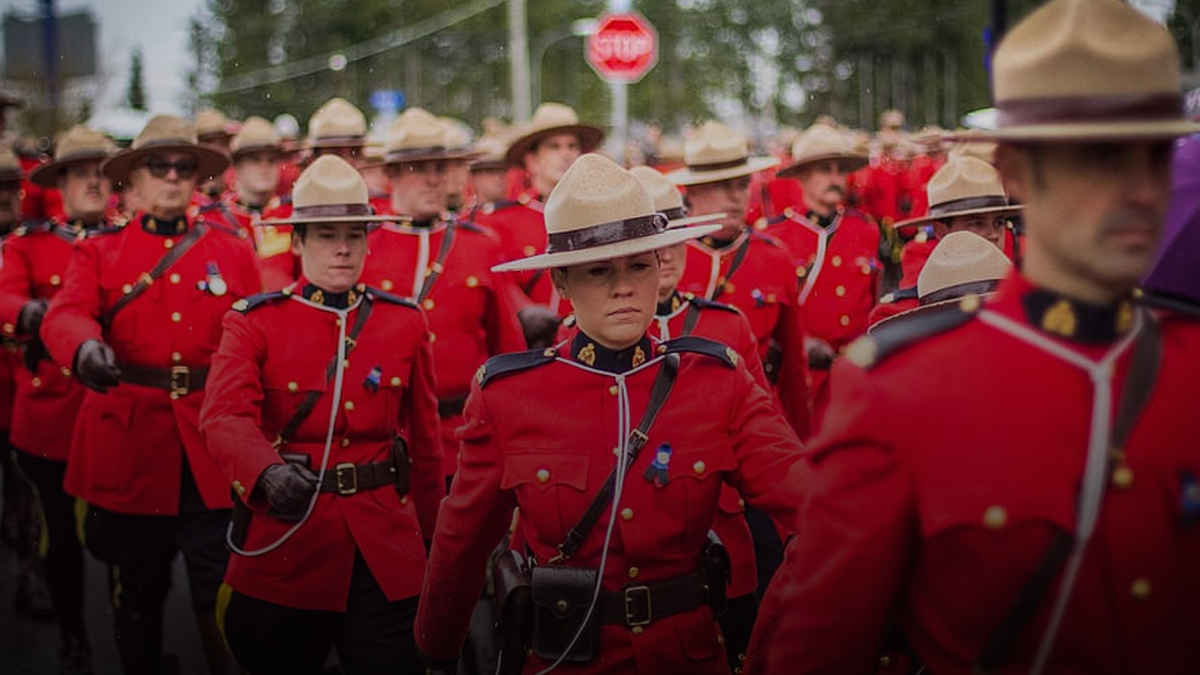The Canadian Armed Forces—its reputation severely harmed by sexual misconduct charges and racism allegations, even in its highest ranks—is now on a recruitment blitz to replenish its dwindling troops.
It’s a difficult if not impossible exercise, but its success is vital.
An opinion poll conducted on behalf of the Defence Department earlier this year found most Canadians reluctant to consider a military career.
“Asked whether they would consider joining the CAF, young men were more likely than young women to say they would, but overall, less than half of any group typically indicated they would,” reads a summary report.
“Men and women alike were deterred by the idea of having to leave their families and/or move around frequently, requiring them to uproot their families.”
The situation is so dire, in fact, that the force’s commander, Chief of Defence Staff Gen. Wayne Eyre, is publicly calling on the country to rally behind its military as it faces an unprecedented personnel crisis that he says is threatening its ability to protect and defend Canada.
“We’re here to defend our way of life, now and into the future,” Eyre said. “So we need a whole-of-society effort to help us bring the Armed Forces back to where it needs to be for the dangerous world ahead.”
The extraordinary appeal comes as Eyre and his senior staff struggle to fill around 10,000 empty positions at a time when Canada’s military is facing a growing number of threats and requests for help at home and abroad.
Earlier this month, the defence chief issued an order setting a new direction for the military after years of high-tempo deployments and operations, making recruitment and retention of personnel its top priority.
About one in 10 positions within the Armed Forces sits empty after years of lagging recruitment rates and there is a growing shortage of non-commissioned officers and other mid-level leaders.
“We need to rebuild the Armed Forces, we need to get the numbers back up,” Eyre said in an interview with the Canadian Press. “And we’ve got to do it with a sense of urgency and priority because it is affecting our ability to respond around the world.”
The Canadian military is dealing with unique challenges, many of them self-inflicted. There’s the reputational problem that began after reports of sexual misconduct involving senior leaders and then concerns about the presence of right-wing extremists in the ranks.
Not all the difficulties, however, are self-inflicted. Some are due to the nature of military service. Most Canadian Armed Forces bases and wings are located in rural communities, which are not exactly magnets for potential recruits when the majority of the country’s population lives in cities.
“Let’s face it: Petawawa is a little bit different than downtown Toronto or even Ottawa,” Eyre said. “But to create the operational output required, we have to push people to Cold Lake, Bagotville and the coasts.
“So cracking that code — how do we incentivize movement to those locations — this is the big challenge.”
It could also be said that the military is a tough and demanding life, which again are not magnets for the sensitivities and work ethic of the typical millennial.
A new dress code dramatically eases rules around how troops can look and dress. Despite some outside criticism, the move has been embraced by many Armed Forces members as long overdue.
“The walls have not come tumbling down and we didn’t lose operational effectiveness overnight,” Eyre said of the new gender-inclusive dress code, which also for the first time allows long hair, fingernail polish and face tattoos while in uniform.
“I’m more concerned about: Can they fight? Are they fit? Do they follow orders?”



























